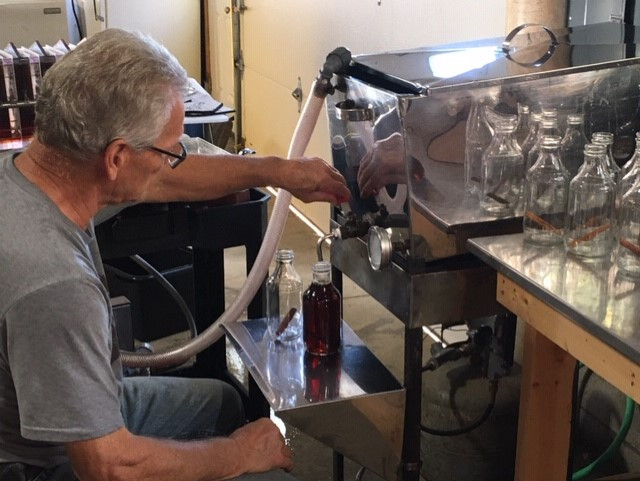"Free-range" vs. "Pastured"
posted on
May 10, 2021
One would assume that free-range means free to roam about in a grassy pasture.
However, the USDA only requires that they have access
to outdoor space - it does not specify the quality (grass, dirt,
gravel), the size, or the length of time the chickens have access to the
space.
A chicken house can have hundreds of birds with access to a
small graveled run and be labeled "free-range". True free-range chicken
(unlimited access to the outdoors AND grass) has been shown to be lower
in fat, higher in protein and other nutrients, have better body
condition, better gut health, and higher meat quality. Since these
specs (quality, size and duration of outdoor space) aren't regulated,
the benefits likely don't apply to all "free-range" chicken.
Pastured chicken, on the other hand, means the birds are raised most of
their lives in a grassy area. Often, as in our case, they're housed in
open-air pens and moved at least once a day to fresh pasture. These pens
help to protect the birds from predators such as hawks, minks,
raccoons, foxes, coyotes, and more. (We've seen all of those!) This
means that although our chickens are not technically truly free-range,
they are much healthier than many birds that are labeled free-range,
with very limited access to the outdoors.

I hope this clarifies the issue for you a bit. And as always, don't hesitate to ask us if you have any questions!


